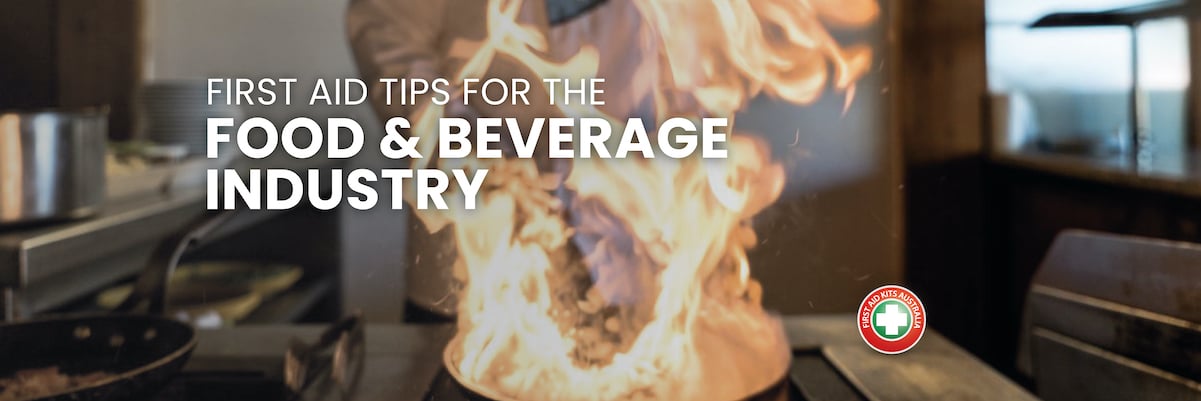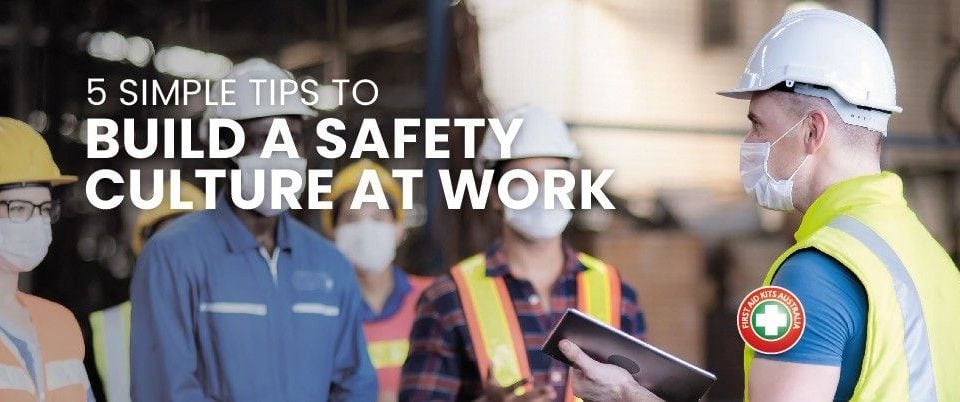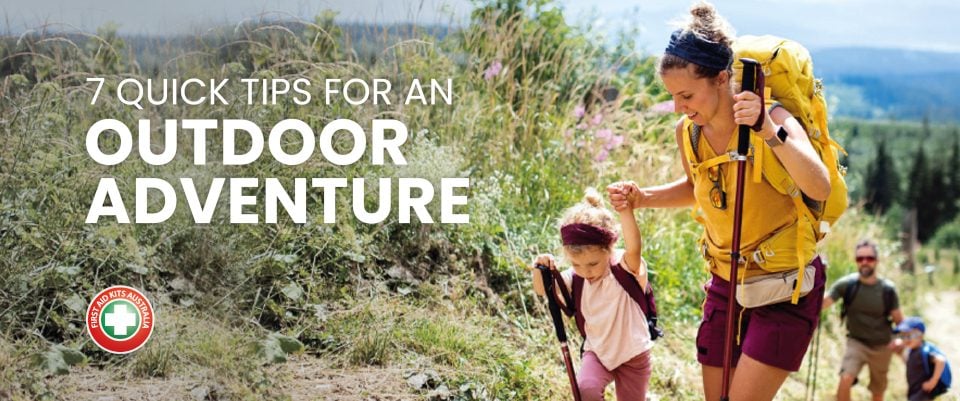
9 Essential Safety Tips for an Outdoor Adventure
4 March 2022
Sudden Cardiac Arrest: every minute counts
28 June 2022So let’s start by reviewing what are the most common food services accidents and how they can be prevented and treated.
The most frequent food workers’ injuries include:
- Cuts, punctures, and scrapes due to frequent contact with broken dishes, knives, and other equipment
- Burns from hot surfaces or oil
- Muscle strains and sprains from either slip and falls, repetitive motions, standing in the same place for long periods of time or lifting heavy objects
Cuts, Punctures, and Scrapes
- Avoid distractions when using a knife or other cutting tool to prevent accidents
- Do not crush garbage bags as sharp objects could poke through and cause an injury
- Fit for purpose: use the right instrument for the job, for example, do not use a glass utensil to scoop ice as it could break.
If a cut, laceration, or puncture occurs, it is important to promptly treat the affected area.
- If it is a minor wound, stop the bleeding by applying gentle pressure with a clean cloth, gauze swab or bandage and if possible elevate the wounded area
- Rinse the wound with running tap water to remove debris that could cause infection
- Apply an antiseptic cream to maintain the zone moist and help with healing
- Cover the wound to keep it clean
If you handle food, ensuring the safety of your products and your customers is a priority. Therefore, it is recommended to use Blue Visual Dressings or Blue Metal (or Detectable) Dressings on cuts and wounds because they meet stringent food industry standards.
This type of dressing is detectable by three methods:
- Visually by signal blue contrast colour
- X-ray detectable by tungsten filaments
- Metal detectable (non-ferrous) by aluminium content
Burns and Scalds
- Enforce the use of protective gloves or mitts when handling hot pots or cooking with hot, deep-frying oil
- Do not move pots with liquid while they are still hot. Work on a plan to manage traffic in your kitchen as this is very helpful to reduce accidents
- Train and supervise new staff and do not let them handle hot items initially
- Keep a fire extinguisher accessible and up to date
In the event of a burn, time is key to managing further damage to the skin and reducing pain.
The golden rule when providing first aid to a person with a burn is to immediately run cold water on the burnt area for at least 5 minutes to reduce swelling. Do not remove clothing stuck to the burn.
Then, apply liberally burn cream or antibiotic ointment.
Finally, wrap burn lightly with a plastic sheet of gauze bandage.
For deep burns, burns larger than a 20-cent piece, chemical burns, or burns on a sensitive area of the body – seek medical attention.
Given the high frequency of this type of accident in commercial kitchens, and the hospitality industry we recommend purchasing our Burn Module, which enables you to quickly access exactly what is needed in a burn emergency. It is workplace compliant, tampered sealed, and highly visual so you can respond promptly and efficiently in case of an accident.
To learn more on how to provide First Aid for a burn or scald, click here.
Slip, trips and falls
- Declutter working areas to provide a clear path as this helps high peace working environments. Keep away items like cords, hoses, boxes, buckets, garbage cans, tray stands, and other possible obstacles when not in use
- Keep floors clean and dry. Pay attention to areas near refrigerators and freezers free of water and ice build-up. Also, schedule more frequent cleaning in a high-traffic areas
- Employees should wear slip-resistant footwear during their shifts
- Ensure your rotation schedule provides workers with enough rest so accidents can be minimized
- Enforce proper lifting and carrying methods to prevent muscle strains in the shoulders, back, neck, and legs. Also, use material handle devices like plate trollies to minimize the handling of heavy items.
Here are the steps to follow to provide first aid in case of a fall:
- Tell the person not to move. Ask what happened and how to understand the possible injury
- Feel for any bumps or irregularities on the arms or legs, but DO NOT touch or move any area that is painful
- Place a cold compress or ice pack on any bumps or bruises
- Give ibuprofen for pain management
Some extra tips to reduce injuries at the workplace
- Make sure you have the correct First Aid Kit for your business that complies with Australian regulations.
- Ensure at least there is one person per shift that has First Aid training
- Review Safety measures regularly and improve on them considering past accidents
- Re-service your first aid kit and check your fire safety supplies at least once a year.






